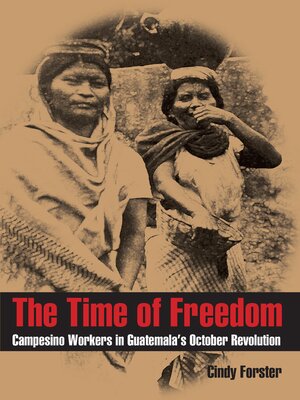The Time of Freedom
ebook ∣ Campesino Workers in Guatemala's October Revolution · Pitt Latin American
By Cindy Forster

Sign up to save your library
With an OverDrive account, you can save your favorite libraries for at-a-glance information about availability. Find out more about OverDrive accounts.
Find this title in Libby, the library reading app by OverDrive.



Search for a digital library with this title
Title found at these libraries:
| Library Name | Distance |
|---|---|
| Loading... |
"The time of freedom" was the name that plantation workers-campesinos-gave to GuatemalaÆs national revolution of 1944-1954. Cindy Forster reveals the critical role played by the poor in organizing and sustaining this period of reform.Through court records, labor and agrarian ministry archives, and oral histories, Forster demonstrates how labor conflict on the plantations prepared the ground for national reforms that are usually credited to urban politicians. She focuses on two plantation zones that generated exceptional momentum: the coffee belt in the highlands around San Marcos and the United Fruit Company's banana groves near Tiquisate. Although these regions were unlike in size and complexity, language and race, popular culture and work patterns, both erupted with demands for workersÆ rights and economic justice shortly after the fall of Casta\u00f1eda in 1944. A welcome balance to the standard "top-down" histories of the revolution, Forster's sophisticated analysis demonstrates how campesinos changed the course of the urban revolution. By establishing the context of grassroots mobilization, she substantially alters the conventional view of the entire revolution, and particularly the reforms enacted under President Albenz.







